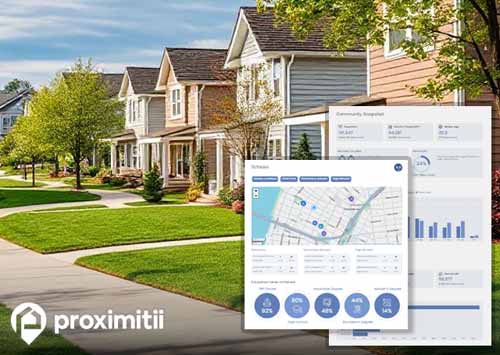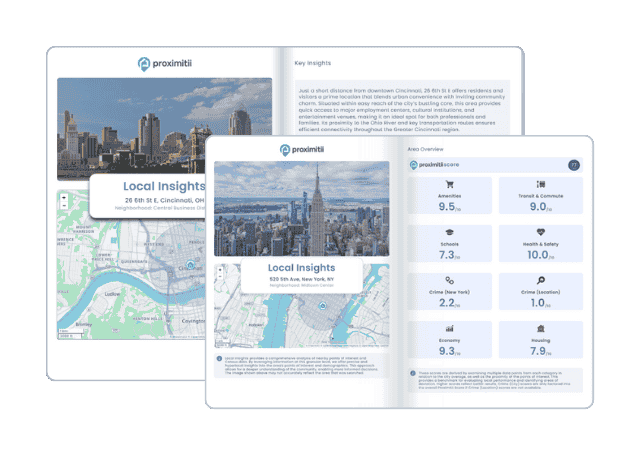| Statistic | South Pottstown | Pennsylvania | National |
| Population | 2,237 | 12,801,989 | 328,239,523 |
| Population density (sq mi) | 1,469 | 287 | 91 |
| Median age | 36.0 | 40.6 | 37.7 |
| Male/Female ratio | 0.8:1 | 1.0:1 | 1.0:1 |
| Married (15yrs & older) | 45% | 56% | 55% |
| Families w/ Kids under 18 | 36% | 40% | 43% |
| Speak English | 94% | 89% | 79% |
| Speak Spanish | 4% | 5% | 13% |


Understanding the demographics of South Pottstown is essential for gaining insights into the composition, dynamics and needs of any city, town or village. This knowledge empowers planners, developers and policymakers to strategize effectively, promoting prosperity, equity and well-being for all residents. The South Pottstown population is 2,237, with a population density of 1,469 people per square mile, diverging from the national average of 91. The median age is 36, and 45% of individuals aged 15 or older are married, while 36% have children under 18. As far as income equality in South Pottstown, 22% of households have a median income below $25,000, whereas 6% report an income exceeding $150,000, indicating a varied economic landscape within the area.
Recognizing the racial demographics and ethnicity breakdown of South Pottstown is pivotal for addressing systemic inequities, championing social justice and inclusion and fostering resilient communities. In South Pottstown, the racial breakdown comprises 92.4% White, 2.8% Black or African American, 0.6% Asian, 0% American Indian, and 0% Native Hawaiian, with 7% of the population identifying as Hispanic or Latino. 94.4% of households reported speaking English only, while 4.4% reported speaking Spanish only. Furthermore, 3.3% of residents were categorized as foreign-born.
South Pottstown has a population density that is well above-average, which plays a pivotal role in promoting environmental sustainability by reducing per capita energy consumption, greenhouse gas emissions and land use. Its compact urban development encourages energy-efficient buildings, active transportation modes like walking and cycling and the utilization of public transit, fostering sustainable lifestyles and mitigating environmental impact. Additionally, the area's dense population contributes to a vibrant social and cultural scene, featuring a diverse array of cultural events, festivals and community activities. This cultural diversity fuels creativity, innovation and cross-cultural exchange, enhancing the community's social fabric. South Pottstown has a population density of 1,469 people per square mile, exceeding the national average of 91 and positions itself in a good spot to reap the benefits of densely populated areas.
Understanding Populations: By reporting and analyzing South Pottstown demographics, we can acquire valuable insights into the makeup and traits of populations, encompassing age, gender, race, ethnicity, income, education and various socio-economic factors. This comprehension is vital for tackling the varied needs, preferences, and obstacles encountered by different demographic groups within communities. Demographics serve a pivotal role in comprehending populations, guiding decision-making processes and advancing equity, inclusion and overall well-being for all individuals and communities. The South Pottstown population data serves as a cornerstone for addressing social, economic and environmental challenges, while also fostering the well-being and strength of communities.
Education Allocation: In education planning, South Pottstown demographic data can be invaluable for identifying student demographics, school enrollment trends and educational needs. This data aids schools and policymakers in resource allocation and the formulation of effective educational programs. It serves as a crucial tool for recognizing disparities in educational access and outcomes among different demographic groups, including racial and ethnic minorities, socio-economic status and students with disabilities. Through the disaggregation of data by demographic factors, education planners can pinpoint areas of inequity and implement targeted interventions to enhance access, support, and outcomes for marginalized students. Overall, South Pottstown demographic data can be an essential tool in education for promoting equity, facilitating student success, and nurturing inclusive learning environments that cater to the needs of all students.
Social Cohesion: The reporting and analysis of demographics are essential for fostering social cohesion and understanding among diverse communities. By acknowledging and valuing differences in South Pottstown demographics, societies can champion inclusivity, diversity and social harmony while tackling social disparities and advocating for equal opportunities. Racial demographics showcase the varied makeup of a population and play a vital role in nurturing inclusive and hospitable communities. Embracing diversity bolsters social cohesion, enhances cultural comprehension and enriches society by honoring the contributions of individuals from diverse racial and ethnic backgrounds.

Why stop at city-to-city? With Local Insights, you can compare neighborhoods, zip codes, or even exact addresses. Access 300+ hyperlocal data points—from schools and crime to housing and amenities—to see which area is the better fit.

| Race | South Pottstown | Pennsylvania | National |
| White | 92.45% | 81.37% | 73.35% |
| Black | 2.77% | 11.03% | 12.63% |
| Asian | 0.63% | 3.14% | 5.22% |
| American Indian | 0.00% | 0.20% | 0.82% |
| Native Hawaiian | 0.00% | 0.03% | 0.18% |
| Mixed race | 3.31% | 2.24% | 3.06% |
| Other race | 0.85% | 1.98% | 4.75% |